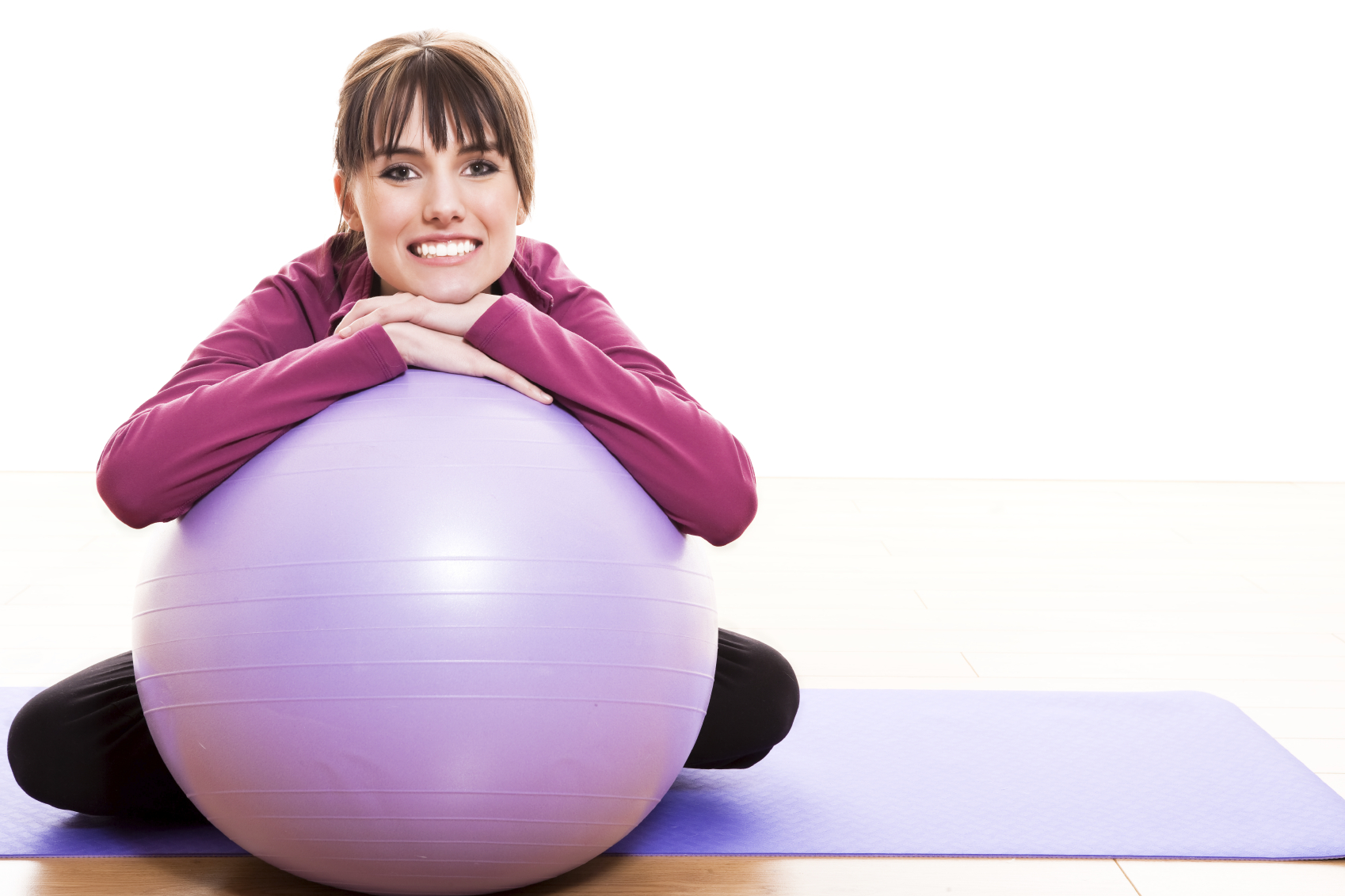What is Corrective Exercise?
Kindra Reid, CPT, CSCS, FMS
Unlike the traditional, one-size fits all approach to exercise, corrective exercise begins with the premise that every body moves, and has moved, differently. Depending on how we’ve moved, imbalances in strength and function can occur. These imbalances can be caused by too little movement (a sedentary lifestyle), too much movement (playing the same athletic position for a long period of time, or repetitive motion problems such as carpel tunnel syndrome), improper movement (learning to do an exercise or activity incorrectly), and/or injury.
Once movement and strength imbalances occur they persist until corrected, and because the body functions as one giant kinetic chain, imbalances can have implications such as pain, stiffness or reduced range of motion not only at the site of original impairment but at other places in the body as well. For example, a woman who had even one major ankle sprain as a teenager may as an adult develop hip weakness on the same side of the body and improper firing order of her trunk musculature, potentially leading to pain in the lower back or in the shoulder on the opposite side of the body.
Because movement and strength imbalances increase an individual’s risk of injury, both with exercise and in everyday life, corrective exercise is aimed at repairing these imbalances, reestablishing proper movement patterns, restoring strength, and making exercise safe and effective.
A corrective exercise program begins with an assessment by a corrective exercise specialist, a fitness professional trained to identify and resolve functional movement dysfunction. Based on the results of the assessment, the specialist designs a systematic, progressive, customized exercise program that, if followed by the client, will result in increased range of motion, improved mobility, restored kinetic chain function, enhanced strength, reduced movement deficiencies, reduced or ameliorated pain, and a decreased likelihood of injury.
Corrective exercise is appropriate for all fitness levels: people new or returning to exercise as well as advanced exercisers or professional athletes wishing to remain injury free.

